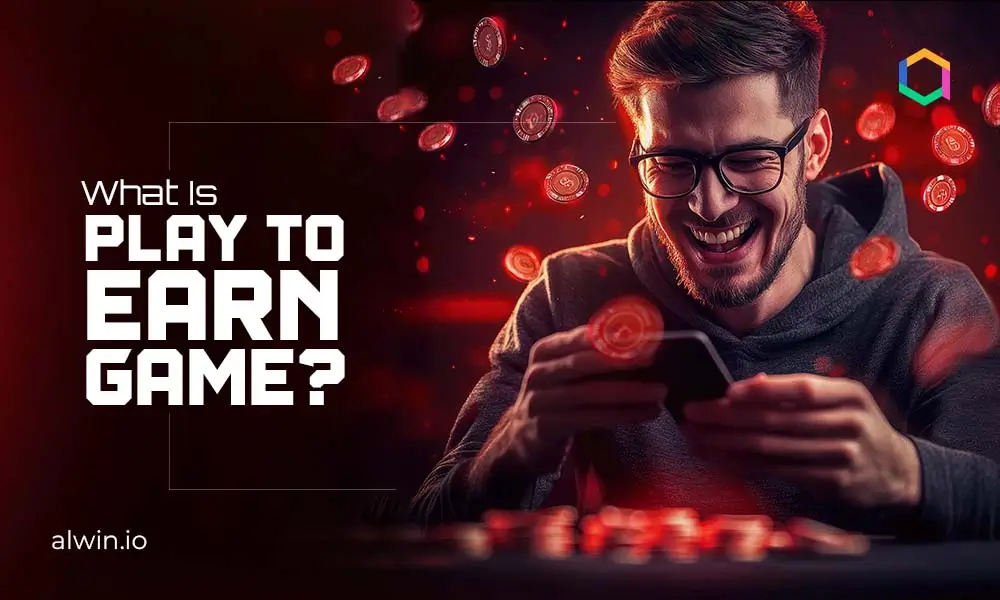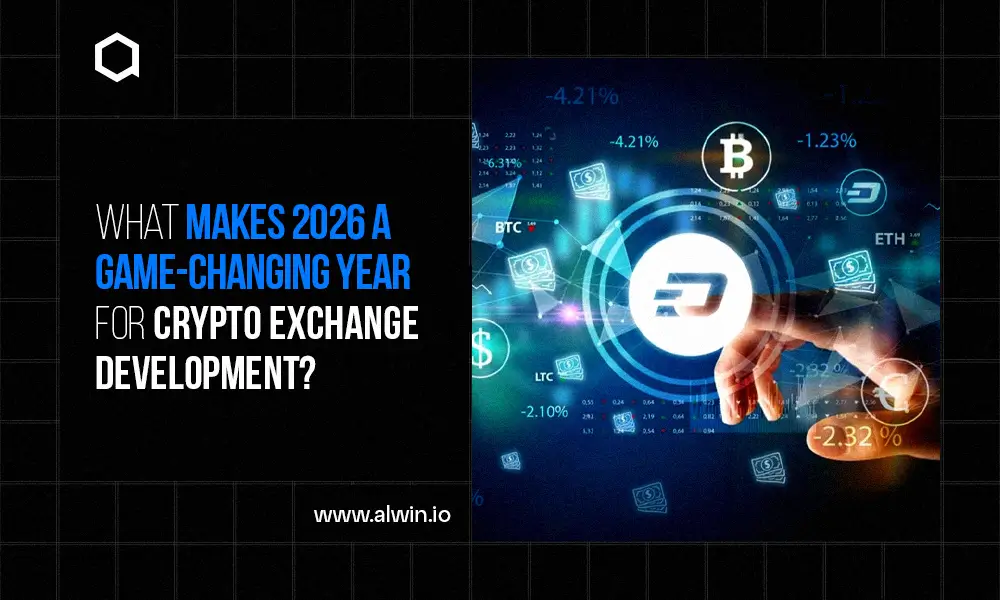The Play-to-Earn (P2E) model is transforming gaming by allowing players to earn rewards while playing their favorite games. Unlike traditional gaming, where achievements remain locked within the game, P2E lets players gain real-world value through digital assets like cryptocurrencies and NFTs (non-fungible tokens). These rewards can be traded or used outside the game, offering players true ownership and financial benefits.
P2E is gaining popularity because it combines entertainment with earning potential. It appeals to both casual players and serious gamers by rewarding their time and effort. This model also creates new opportunities, turning gaming into a way to have fun while earning money.
What Is Play To Earn Games?
Play-to-earn (P2E) games are video games where players can earn rewards that have real-world value.For years, players have made money from gaming through practices like “gold farming” or selling in-game items on unofficial marketplaces. However, with the rise of blockchain technology and NFTs, the way players earn and own assets in games has been completely transformed. NFTs (non-fungible tokens) are unique digital tokens that prove ownership of items like images or music. In blockchain games, NFTs let players own in-game items, such as virtual outfits or even pieces of land, giving them true control over their digital assets.
Evolving of Play To Earn Gaming Business Models
Pay-to-Play Games
Pay-to-play games require users to make an upfront payment or subscribe to access the content. This business model focuses on offering high-quality experiences, with well-developed features and storylines. It allows businesses to secure direct revenue while targeting gamers who value premium and immersive content.
This Business model works best for businesses aiming to provide exceptional gaming quality and justify the cost. It is ideal for developers creating rich, feature-packed games where the investment directly supports game development and user satisfaction.
Free-to-Play Games
Free-to-play games allow players to play without paying any initial costs. Businesses rely on in-game purchases, advertisements, or premium features for revenue. This model is effective for reaching a wide audience and increasing user participation.
By offering free access, companies attract casual gamers while monetizing through optional purchases. Businesses benefit from scaling their user base and creating continuous revenue streams from engaged players.
Subscription-Based Models
Subscription services like Xbox Game Pass, PlayStation Plus, and EA Play have introduced a new layer of monetization in the gaming industry. In this model, players pay a monthly or annual fee to access a library of games, offering them a cost-effective way to enjoy multiple titles without needing to purchase each game individually. For developers, this creates a steady stream of recurring revenue, as the subscription model encourages player engagement with a wide variety of games.
Understanding the Play-to-Earn (P2E) Game Business Model
The Play-to-Earn (P2E) game business model is an approach in gaming where players can earn real money while playing. Unlike traditional games that require players to spend money without any tangible return, P2E games reward players with cryptocurrency or NFTs (Non-Fungible Tokens) for completing tasks, winning battles, or trading items. This model not only makes gaming enjoyable but also allows players to gain real-world value for their time and effort, building a loyal gaming community for developers.
P2E games use blockchain technology for the security and transparency of digital items. Cryptocurrencies facilitate transactions, while NFTs represent unique in-game items like characters, weapons, or virtual land. These NFTs can be traded or sold, giving them real-world value beyond the game. The decentralized nature of blockchain allows players to truly own their assets, unlike in traditional games, where the developers control items. This approach is reshaping how games operate and promoting the adoption of digital currencies in the gaming industry.
P2E games cover various genres, including role-playing, strategy, and casual games, appealing to a wide audience. For instance:
Axie Infinity: Players earn by breeding and battling digital creatures called Axies.
Gods Unchained: A strategy card game where players collect and trade cards for rewards.
Town Star: A casual farming game where players earn by completing farming tasks.
These examples highlight how P2E games combine entertainment with earning potential, creating new opportunities for both players and businesses in the expanding world of blockchain gaming.
Challenges Facing the Play-to-Earn Game Model
While the Play-to-Earn (P2E) model offers significant opportunities for both players and developers, it also comes with its own set of challenges. Here are some of the key obstacles faced by the P2E gaming industry:
High Entry Costs: Many P2E games require players to invest in NFTs or cryptocurrency to participate. These initial costs can be a barrier for new players, particularly in games where the price of assets like virtual land or rare items is high. This may limit the audience to only those who can afford to make these upfront investments.
Market Volatility: The value of NFTs and cryptocurrencies can fluctuate wildly, making the in-game assets players earn or purchase unstable. This volatility can create uncertainty for both players and developers, as rewards and investments may lose value quickly, causing frustration and loss of trust.
Regulatory Issues: The use of cryptocurrencies and NFTs in gaming can bring up legal and regulatory concerns. Governments may introduce regulations to control the use of digital currencies or prevent fraud, affecting how P2E games operate and the financial systems within them. Developers must stay compliant with laws in various regions, which can be challenging.
Sustainability of the Economy: The P2E model often relies on a cycle where new players join to buy assets or tokens, creating value for existing players. However, if the influx of new players slows down or the economy within the game is poorly managed, it can lead to an imbalance. The game's economy could collapse if there isn't enough demand for in-game assets or players cannot profit from selling their items.
Quality of Gameplay: Some P2E games focus more on earning potential rather than creating an enjoyable experience. If the gameplay isn’t engaging or fun, players may lose interest quickly, and the game could fail. Balancing earning opportunities with quality game mechanics is essential for long-term success.
Revenue Model Of Launching A Play To Earn Games
The revenue model for launching a Play-to-Earn (P2E) game is built on various income streams that use blockchain technology and NFTs. Here are some common ways developers can generate revenue from P2E games:
In-Game Asset Sales: Players can purchase virtual assets such as NFTs (non-fungible tokens), in-game items, skins, or land. These assets can be traded, sold, or used within the game, providing a constant source of revenue for game developers.
Transaction Fees: Each time a player buys, sells, or trades NFTs or other in-game assets, a small transaction fee is charged. This fee is typically a percentage of the transaction value, and developers benefit from every transaction made on the platform.
Tokenomics: Many P2E games have their native cryptocurrency or tokens. These tokens are used to buy in-game items, participate in the game economy, or even be traded on exchanges. Game developers can earn revenue by creating, distributing, and managing these tokens. They may also hold a portion of tokens for future sale or use.
Staking and Yield Farming: Some P2E games offer staking features, where players lock up their tokens in exchange for rewards or interest. Developers can generate revenue by charging fees on staked tokens or offering exclusive rewards for users who participate in staking or yield farming programs.
Advertising and Sponsorships: In-game advertisements and brand partnerships can also bring in revenue. Developers can integrate advertisements into the game or offer branded in-game items and events, generating revenue from external companies looking to reach the game's player base.
Premium Features and Subscriptions: Developers can offer premium features or subscription plans where players pay for extra perks like exclusive content, special in-game items, or increased earning potential. This creates a steady stream of recurring income from dedicated players.
Game Tournaments and Events: Hosting online tournaments or in-game events can generate revenue through entry fees, sponsorships, and ticket sales for special events. The prizes for these events often come from the in-game economy, providing added value for players while also benefiting developers.
By using a combination of these revenue models, developers can create sustainable earnings while offering players an engaging, rewarding experience. The P2E model is not only profitable for game creators but also provides financial opportunities for players, making it a win-win for both parties.
Future Prospects of Play-to-Earn Gaming with WeAlwin
Play-to-earn gaming is transforming the digital world by blending blockchain technology with interactive entertainment. The future holds exciting possibilities, with advancements in blockchain improving gameplay, transaction speed, and asset security. The integration of virtual and augmented reality could create immersive gaming experiences, keeping players involved and offering unique rewards. A trusted play to earn game development company, such as WeAlwin, can help business people launch secure play-to-earn NFT Games that attract users and drive success.
Conclusion
The play-to-earn game development model is reshaping the gaming landscape by integrating a lot of earning opportunities with engaging gameplay. This innovative approach is paving the way for a new era in gaming economics, offering sustainable growth for developers and rewarding experiences for players.



